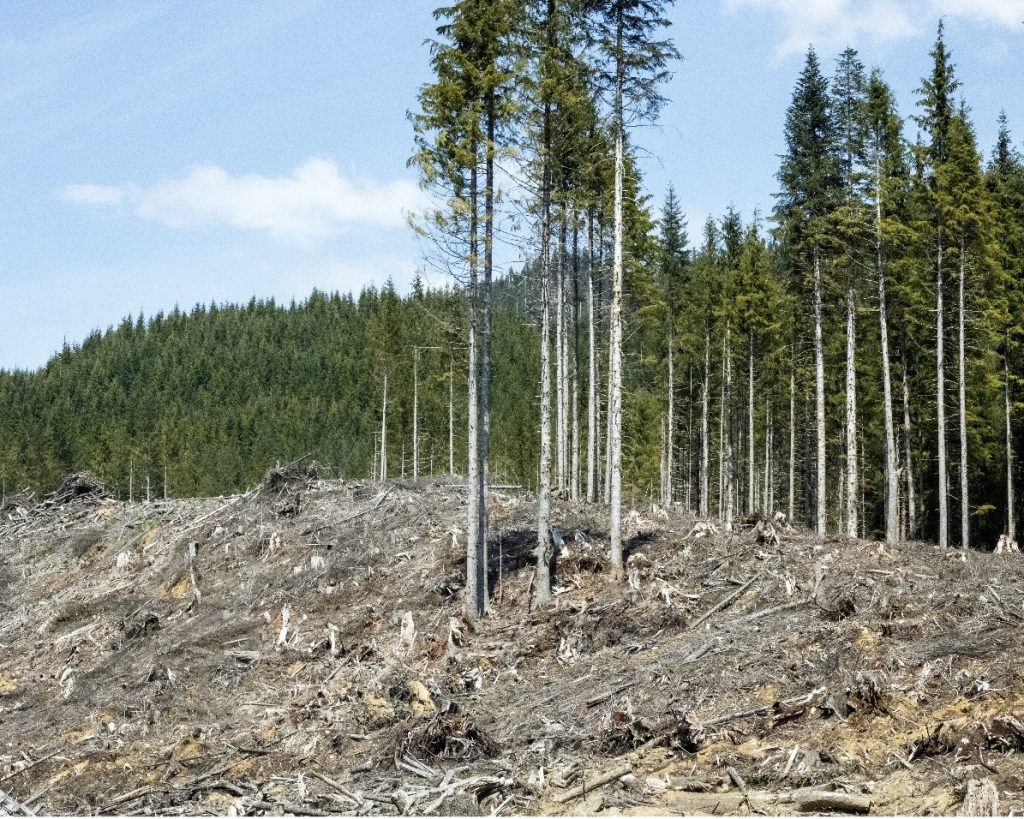How do Forest Management Strategies Shape the Future of Ecosystem Services in the Pacific Northwest Under Climate Change?

- Austin Himes, Washington State University, austin.himes@wsu.edu
- Kelechi Ibeh, Washington State University, kelechi.ibeh@wsu.edu
Principal Investigator
Researcher
Climate change is fundamentally altering Pacific Northwest forests through increased wildfire frequency, more severe windstorms, and shifting growing conditions, creating unprecedented challenges for forest managers. Many current approaches focus on a single goal, like maximizing timber harvest or conserving biodiversity, but adapting to climate change amidst shifting societal demands on forests requires understanding how different strategies perform across multiple goals over long time periods. This knowledge gap limits managers’ ability to make informed decisions about where to concentrate intensive practices, where to apply lighter management, and where to prioritize conservation.
Kelechi’s research addresses this challenge through an innovative integration of three advanced modeling systems: LANDIS-II for landscape-scale forest dynamics, Forest Vegetation Simulator for stand-level projections, and STELLA for decision support synthesis. In partnership with the Washington Department of Natural Resources, he will conduct comprehensive, 100-year simulations in the Olympic Experimental State Forest and then compare outcomes across different forest types in the Pacific Northwest. The study will evaluate five forest management strategies under various climate scenarios. These include: land sparing, which concentrates timber harvesting in specific zones while setting aside other areas for conservation; land sharing, which spreads both timber production and conservation efforts across the entire forest; and three variations of triad management, a blended approach that divides the forest into zones for intensive use, conservation, and mixed-use, aiming to balance ecological and economic goals. Kelechi will quantify how each strategy affects carbon storage, timber yield, and biodiversity indicators when forests experience wildfire and windstorm disturbances under current conditions and future climate projections.
The research will produce a comparison of ecosystem service trade-offs across a wide spectrum of forest management strategies and climate projections in Pacific Northwest forests. Kelechi will also develop an interactive, decision-support tool that helps forest managers and policymakers explore different scenarios, visualize long-term outcomes, and choose strategies that align with their goals and risk tolerance. This tool will directly support climate-smart forestry policies, helping agencies like the Washington Department of Natural Resources maintain forest productivity while building resilience against climate impacts. The findings will guide landscape-scale forest management decisions that balance environmental, economic and social priorities in a changing world.
